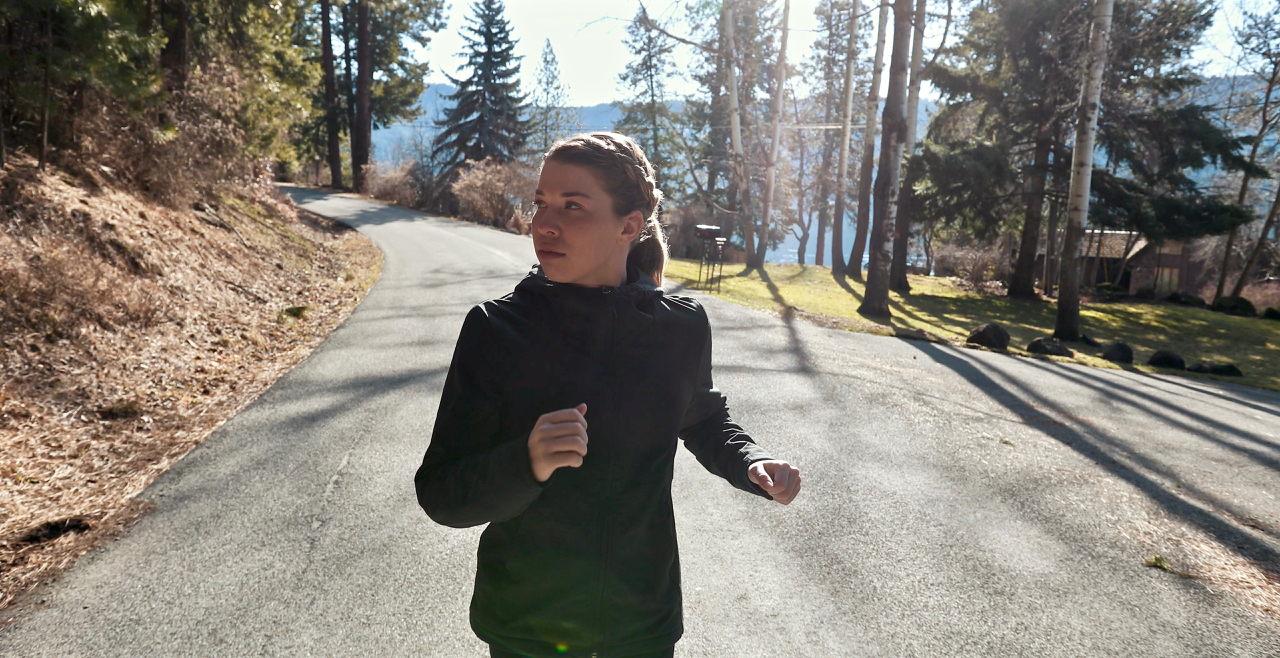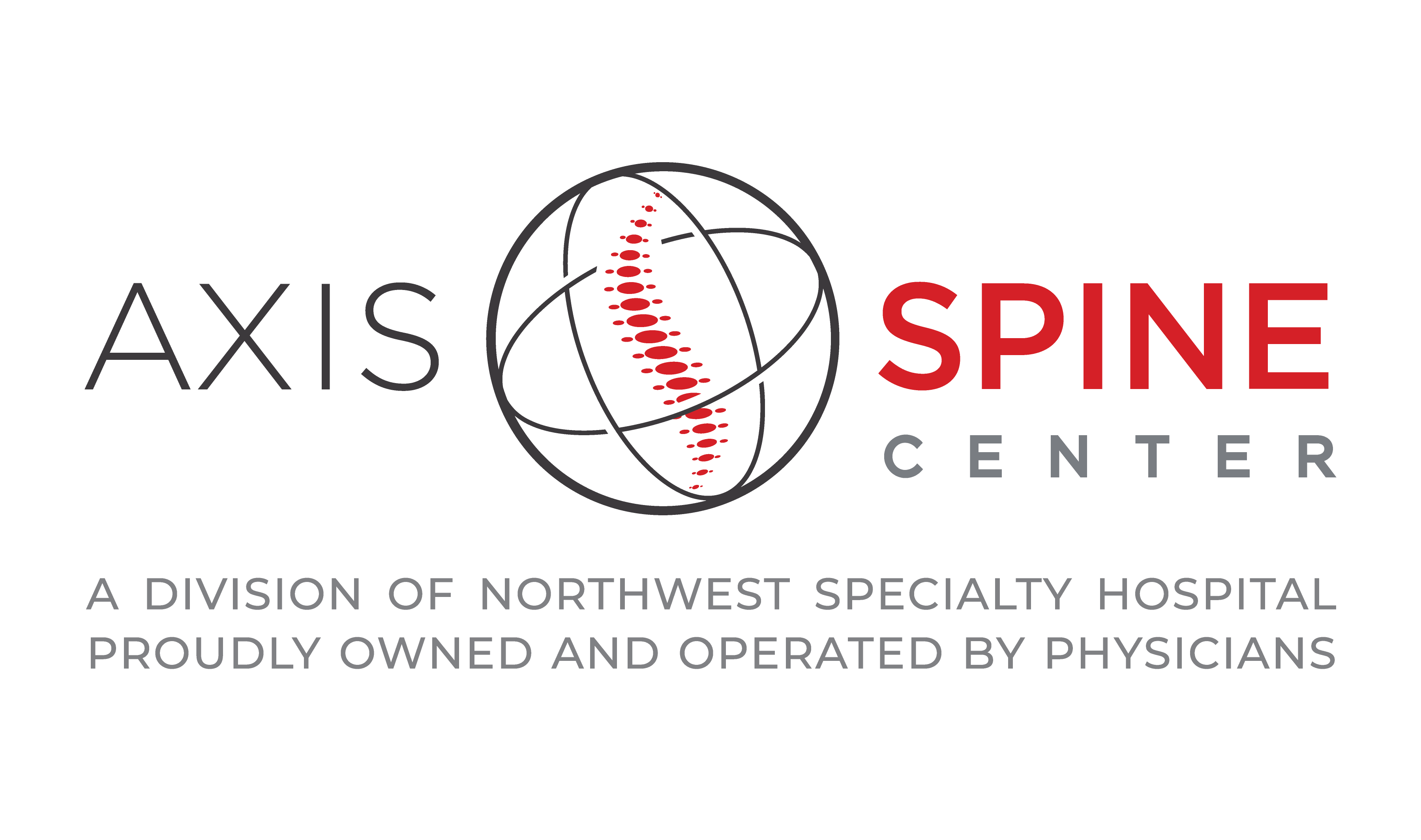
Platelet-Rich Plasma (PRP)
Platelet-rich plasma (PRP) is a revolutionary and conservative approach to natural healing for numerous orthopedic conditions and athletic injuries. PRP therapy may make it possible to avoid complex surgical procedures. This way, you can return to sports, work, and other daily activities sooner.
PRP, or platelet rich plasma, injections are non-operative solutions for a variety of medical ailments including orthopedic ligament or tendon sprains, arthritis, muscular injury, and spinal conditions. PRP utilizes the body’s own natural healing power by concentrating a patient’s plasma into damaged areas to help accelerate the tissue healing process. Platelet rich plasma is an effective choice for this because it is very rich in anti-inflammatory and regeneration-promoting factors; it also has a long track record of success for treating musculoskeletal injuries completely.
- Promote the growth of specific types of cells and tissues
- Increase the development of new blood vessels
- Accelerate bone regeneration
- Initiate connective tissue growth
One of the greatest benefits of PRP therapy is that it is a low-risk, non-invasive treatment. PRP therapy can heal orthopedic conditions like arthritis, tendon injuries, and ligament injuries. It also benefits patients who are not candidates for surgery, and others who want to avoid surgery due to age, health, or other concerns.
Other benefits of PRP therapy include:
- Pain relief and healing
- Regeneration of healthy tissues
- Fewer complications than surgery
- Minimal downtime
- No incisions or scarring
One of the greatest benefits of PRP therapy is that it is a low-risk, non-invasive treatment. It also benefits patients who are not candidates for surgery, and others who want to avoid surgery due to age, health, or other concerns.
Other benefits of PRP therapy include:
Pain relief and healing
Fewer complications than surgery
Minimal downtime
No incisions or scarring
Tendonitis (Chronic tendonitis or partial-thickness tears)
Rotator cuff
Biceps
Golfers/Tennis elbow
Tendonitis around the thigh (Gluteus medius, hamstring, piriformis syndrome)
Patellar or quadriceps tendonitis
Tendonitis around the ankle (Peroneal, Tibialis posterior)
Achilles
Plantar fasciitis
Ligament Injury
Ulnar collateral ligament injury of the elbow
Medial collateral ligament injury of the knee
Degenerative Joint Disease
Ankle osteoarthritis
Shoulder osteoarthritis
Elbow osteoarthritis
Wrist osteoarthritis
Symptomatic articular cartilage injury
First, we draw a small amount of blood and spin it in a specialized FDA-approved device to separate the platelets, growth factors, and white blood cells. The concentrated platelets found in PRP contain large reservoirs of growth factors that are essential to initiating and accelerating tissue repair and regeneration.
Using ultrasound or xray guidance for targeted placement, we then inject the platelets and growth factors into the damaged tissue(s). The high concentration of platelets signals the body that there is injured tissue to be healed and attracts healing cells to the area to accelerate the repair process.
Most patients will have some soreness after the injection that should decrease rapidly. Patients should not take aspirin or other NSAID medications after the procedure because they may block the effect of PRP . Patients can use Tylenol and other pain medications that don't block the inflammatory process. Patients should refrain from significant physical activity or sports activities for a week after the procedure. Patients are re-evaluated often after the procedure to make sure their recovery process is proceeding according to plan.
